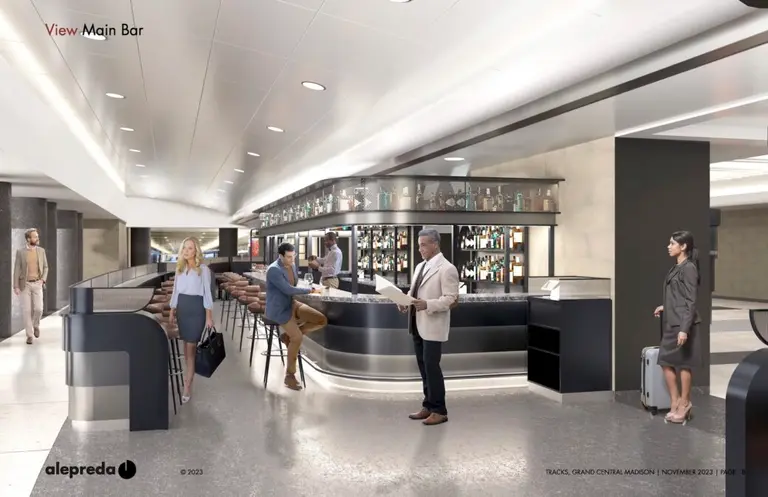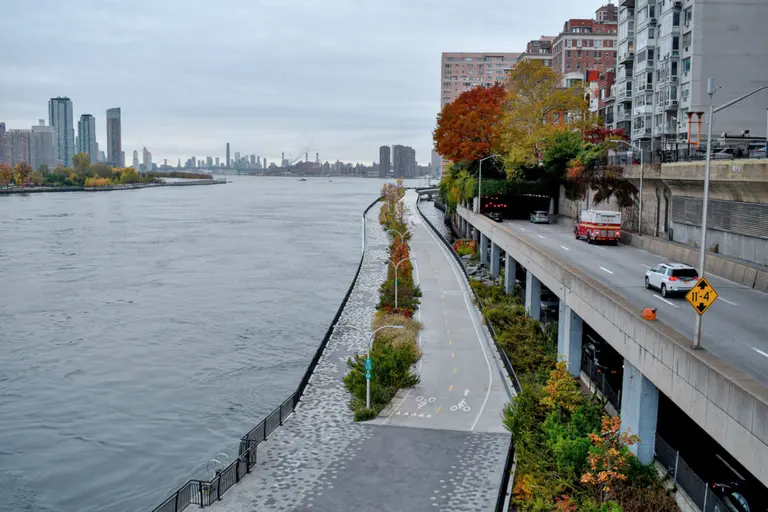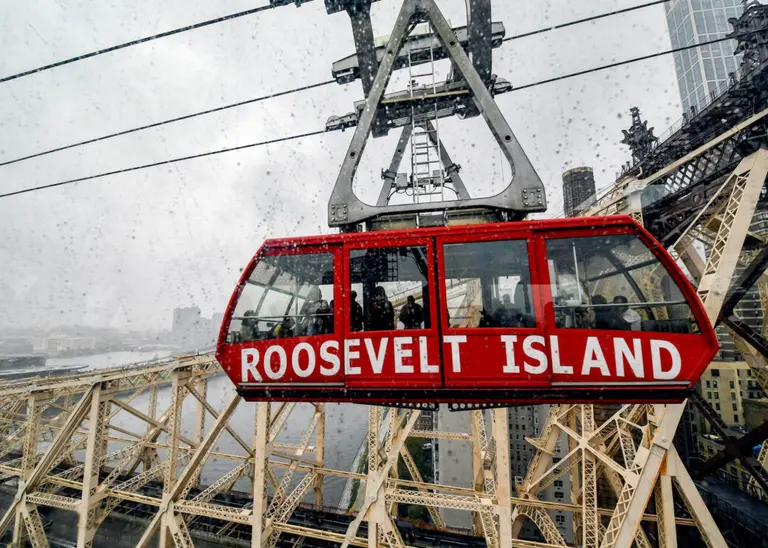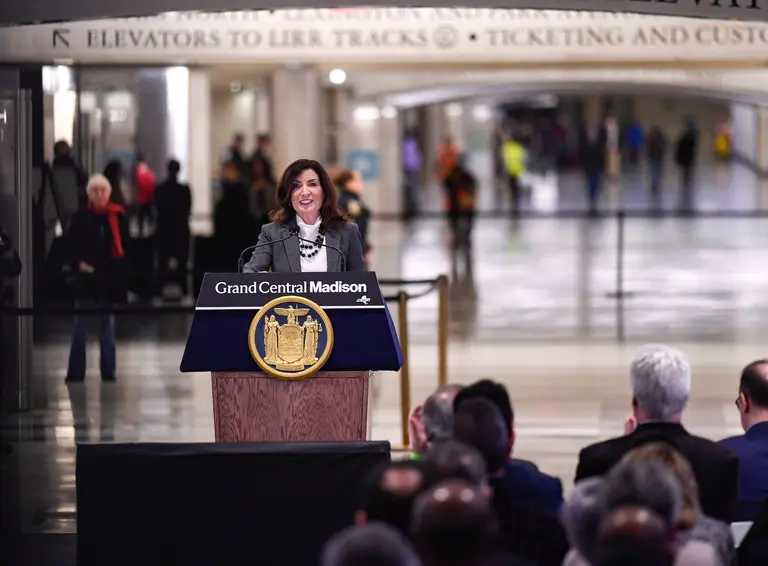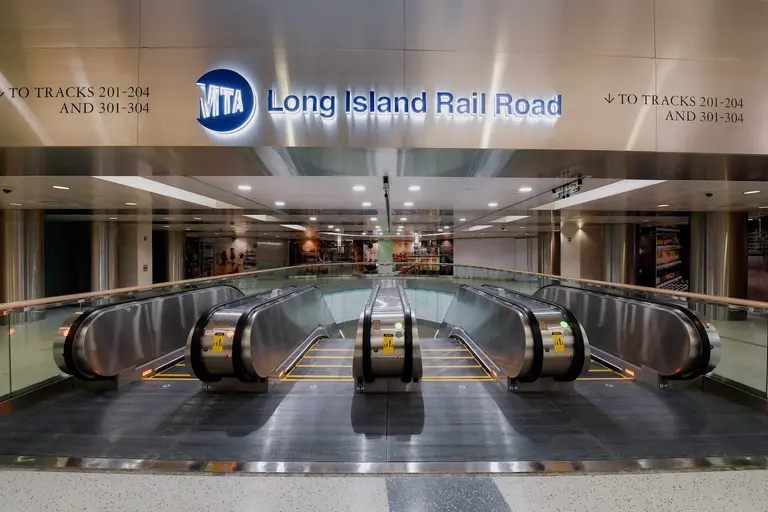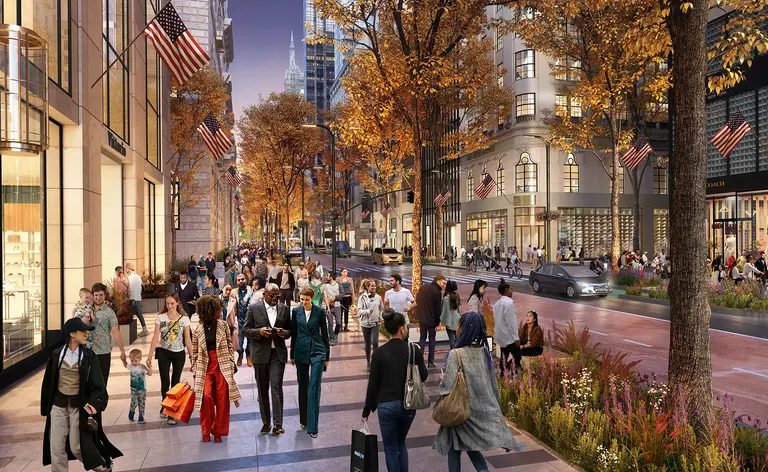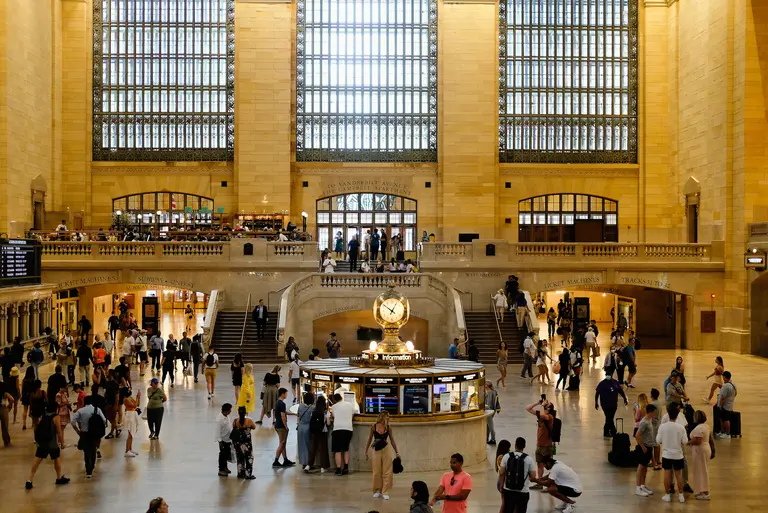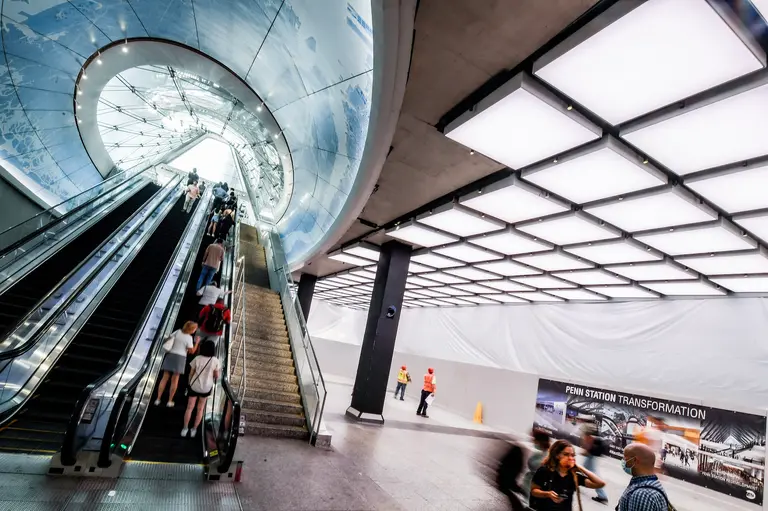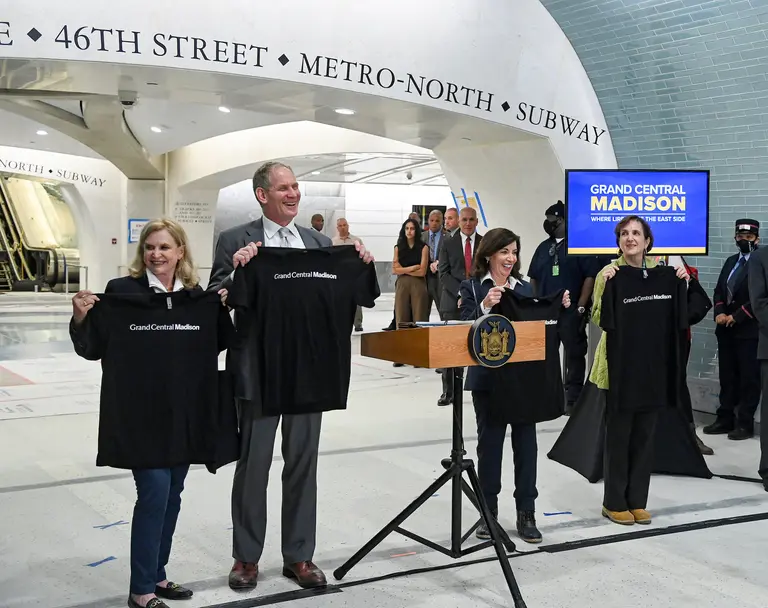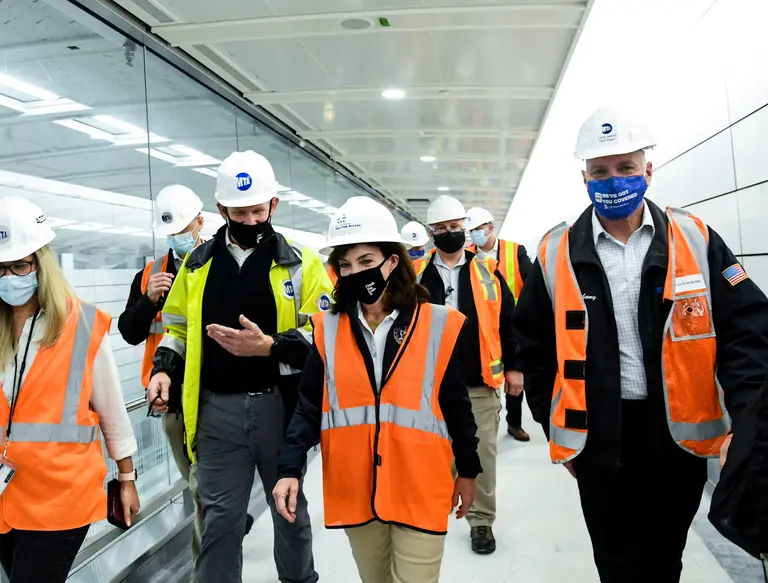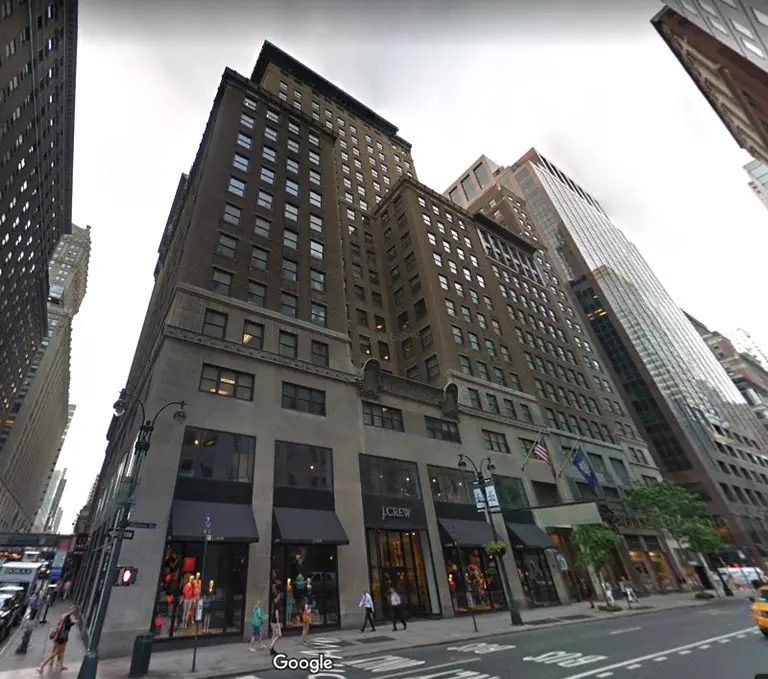Grand Central train shed repairs could mean a mess for Midtown streets

Photo via Wiki Commons
The MTA recently purchased Grand Central Terminal for $35 million, a deal which gave the agency more control over development projects happening at the landmark. And in one of their first orders of business, it looks like they’re mulling a massive undertaking to replace the train shed roof, according to Crain’s sources. The shed is a two-level-deep underground space comprised of tracks, bridges, and viaducts used to stage and store Metro-North cars. It runs north of the terminal to East 57th Street and takes up an area larger than 20 football fields. Not only would the project cost hundreds of millions of dollars and take 20 years to complete, but Crain’s notes that it would likely result in many Midtown streets being ripped up.
The train shed was built along with the terminal in 1913, but over the last century, it’s rusted and deteriorated from water leaking onto its roof and supports. For many years, the state has made repairs on an as-needed basis, but according to Crain’s, “The MTA told elected officials and stakeholders on a conference call last week that maintenance will be insufficient to keep the shed’s roof in working condition, and that Metro-North has opted to replace it completely.”
Because this is such a large undertaking and will be located within the recently approved Midtown East Rezoning area, the MTA envisions a pilot project along Park Avenue between East 53rd and 55th Streets to learn how best to tackle the larger and more complex portions. This pilot alone could cost upwards of $250 million. An MTA briefing document obtained by Crain’s explains that the pilot would “involve removing portions of the road and sidewalk along the two-block stretch of Park Avenue, replacing the roof structure and a layer of waterproofing underneath, and re-covering it with a new streetscape.”
Of course, as is always the case with the MTA, the project is contingent upon the board approving the MTA’s 2020–24 capital plan next year. If all systems are a go, the pilot project could begin as early as 2021 or 2022.
[Via Crain’s]
RELATED:
- MTA to buy Grand Central Terminal for $35M
- How preservationists and Jackie O got the supreme court to save Grand Central Terminal in 1978
- See inside the secret train track hidden in the depths of Grand Central Terminal
